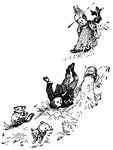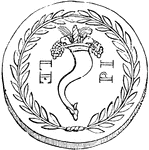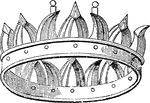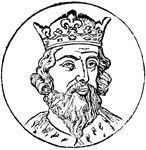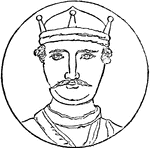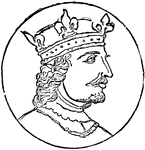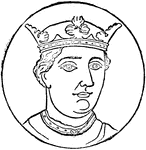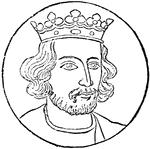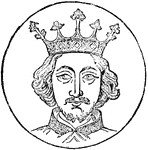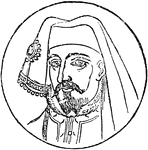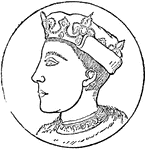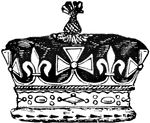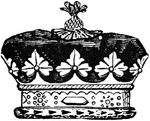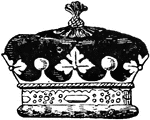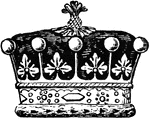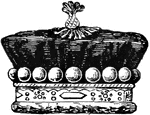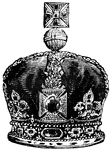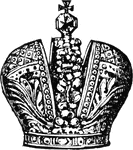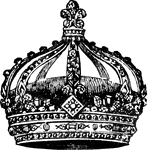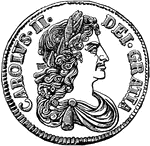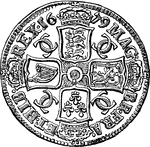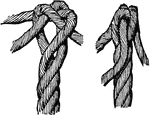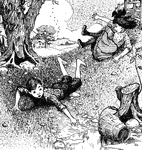
Jack and Jill
Jack and Jill went up the hill to fetch a pail of water; Jack fell down and broke his crown, and Jill…
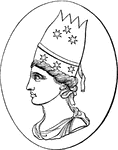
Tiara
"Tiara or Tiaras, a hat with a large high crown. This was the head-dress which characterized the north-western…

Herr Ludwig Windthorst
Ober-Appellationsrath in Kalbe and minister of justice at Hanover and finally chief syndic of the crown…

Crown
A wreath or garland, or any ornament encircling the head, especially as a badge of dignity or power.
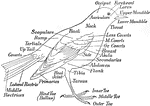
Labeled bird
"When a new bird is seen, the observer should write an accurate description of it in his notebook, giving…

Glass manufacturing
"Five kinds of glass are made: flint glass, or crystal; crown glass, broad sheet glass, bottle, or green…

Plant with Roots Pruned
"This pruning or shortening of the roots causes the production of a new set of fibres from the severed…
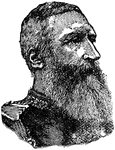
Leopold II
The king of Belgium, son of Leopold I., born in Brussels, April 9, 1835. he was liberally educated in…
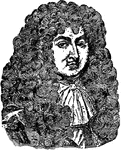
Louis XIV
King of France and King of Navarre from May 14, 1643 until his death. He inherited the Crown at the…

Pear Design
"Also known as the cone, the palm leaf, the river loop, the crown jewel, the seal, the almond, the feather,…
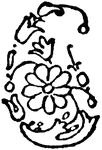
Pear Design
"Also known as the cone, the palm leaf, the river loop, the crown jewel, the seal, the almond, the feather,…

Pear Design
"Also known as the cone, the palm leaf, the river loop, the crown jewel, the seal, the almond, the feather,…

Pear Design
"Also known as the cone, the palm leaf, the river loop, the crown jewel, the seal, the almond, the feather,…
Pear Design
"Also known as the cone, the palm leaf, the river loop, the crown jewel, the seal, the almond, the feather,…
Pear Design
"Also known as the cone, the palm leaf, the river loop, the crown jewel, the seal, the almond, the feather,…

Crown Wheel
A wheel having cogs or teeth set at right angles with its plane. Commonly used in watches.
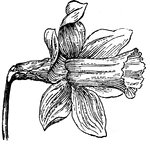
Daffodil Flower
Flowers of a bright primrose yellow color with a cylindrical crown larger then the funnel shaped tube.

Damareteion
The coin was first struck in commemoration of the gold crown sent by the Carthagininians to Demarete.…
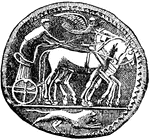
Damareteion
The coin was first struck in commemoration of the gold crown sent by the Carthagininians to Demarete.…
